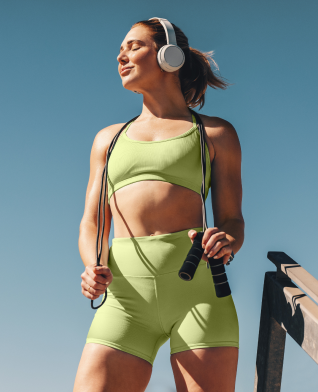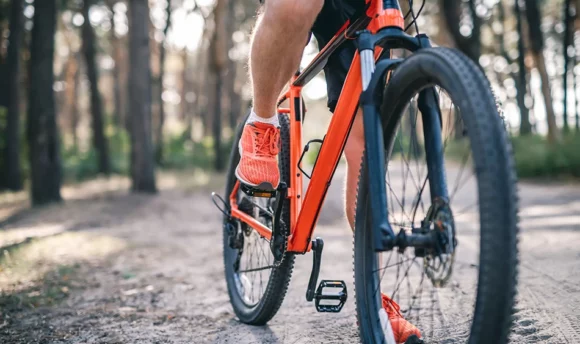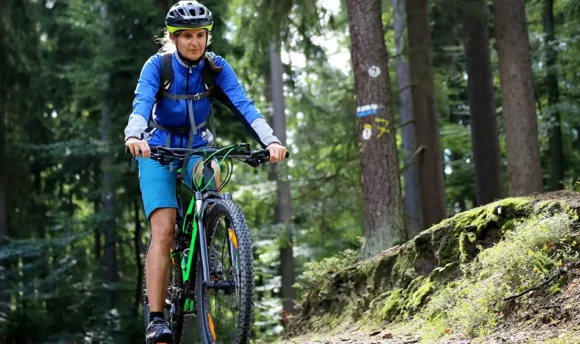How to Avoid Shoulder Pain From Cycling: Causes and Treatment Strategies
Cycling is a fantastic way to stay fit and healthy, but shoulder pain can be a frustrating obstacle to overcome. What are the causes of shoulder injury from cycling, and what can you do about it?
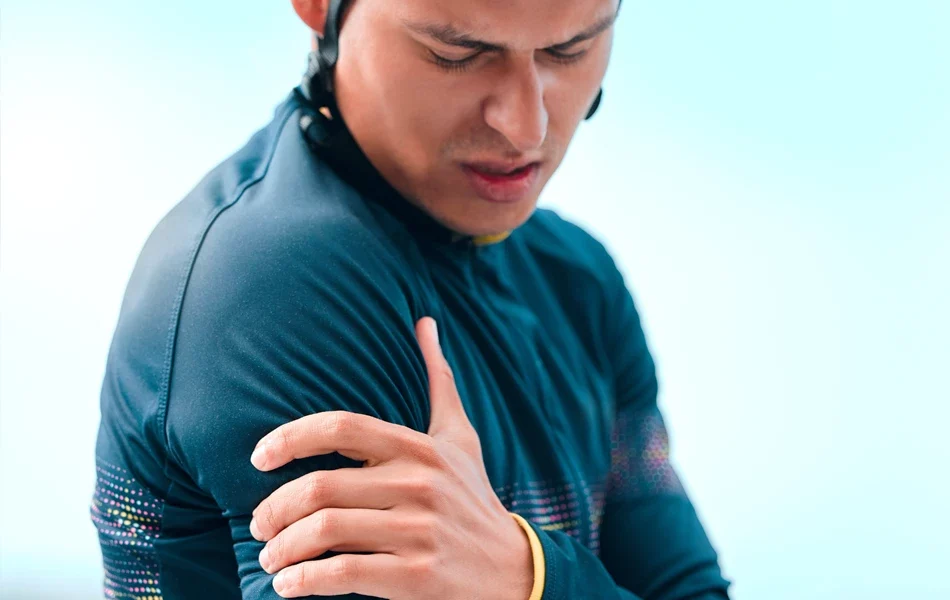
One day, you might go for a long bike ride, only to find that your shoulders hurt after. This type of consistent pain can put you off cycling for a long time. Don’t worry, because there is usually a reason for your aching shoulders.
Cycling can be a demanding physical workout, meaning it’s easy to exhaust your back, shoulders, legs, and arms. Finding ways to improve your cycling technique can help you achieve your goals without going through pain.
Discover ways to avoid shoulder pain during cycling and common causes to be aware of.
Shoulder Pain From Cycling: Is There Really a Link?
Yes, cycling can cause shoulder pain for many reasons. This pain is common because you’re leaning over too much or not using the correct bike fit. Understanding more about this link can help you prevent sore shoulders.
It’s important to remember that cycling engages your whole body. You may believe that this exercise puts extra strain on your legs, but it actually increases the load on your upper limbs. Therefore, without the correct posture or gear, cycling can weaken your shoulders over time.
People who ride a bike for hours are more likely to experience pain. This is because they’re stuck in the same position, meaning their limbs will stiffen, especially around the neck and upper back.
If you get sore shoulders from cycling, speak to a physical therapist. They can offer tips on protecting your upper body during exercise.
Main Causes of Cycling Shoulder Pain
Learning about the causes of neck and shoulder pain can help you prevent cycling injuries and improve your cycling performance. It’s important to look after your body when doing strenuous exercises consistently.
Below are some of the potential causes of cycling shoulder pain:
#1 Bad posture
You could be experiencing shoulder pain due to bad posture. Leaning too much over the handlebars may strain the muscles of your shoulder joint. A curved back will also trigger neck pain that radiates down your spine. Research suggests that poor body positioning affects your shoulder blades and core strength.
#2 Overtraining
Overtraining without taking rest days can put excessive stress on your shoulders. Repetitive motions don’t allow your muscles to recover properly. It’s common to experience overuse injuries if you participate in cycling races, speedway, and long-distance mountain biking.
#3 Previous injuries
Past fractures or dislocations can haunt your shoulders. Traumatic injuries like these usually weaken your shoulder joint and upper back, which might be the reason for sharp or dull pain. Too much strain on those muscles can also make them worse in the long term, so it’s important to seek medical attention when necessary.
#4 Inappropriate bike fit
You could have a poor bike fit that doesn’t match your physique. Not using the right measurements may put unnecessary strain on your upper arm, neck, and shoulders. For example, setting the saddle position too high in relation to the handles means you’re hovering above the handlebars.
The same goes for the handlebar height. Putting this component too low will strain your rotator cuff muscles, which are a group of muscles that keep your shoulders and upper arm bone stable.
#5 Weak upper back
Weak back and neck muscles could be responsible for your shoulder pain. This reason usually applies to beginners who haven’t eased themselves into cycling. It’s easy for new cyclists to experience rotator cuff tendinopathy because they haven’t trained their shoulder and back muscles before going into intense exercise.
Most Common Shoulder Injuries for Cyclists
There are a number of injuries you could experience when going for a long bike ride. Understanding the causes and risks of these problems ensures you’re protecting your overall health. Always seek medical attention if you suspect something is wrong or doesn’t feel right with your body.
Here are the most common shoulder injuries derived from cycling:
#1 Clavicle fractures
A clavicle fracture is a painful break that occurs in the bone connecting your shoulder and collarbone. This injury can happen when you crash and hit the ground at a fast pace, which increases the risk of trauma to your shoulders. Doctors will wrap your arm and shoulder in a sling to help the bone heal properly.
#2 Torn rotator cuff tendons
Rotator cuff tendinopathy, which links to torn tendons and muscles, usually forms when you’re overtraining. The rotating tendon becomes partially or completely detached from the end of the humerus.
This is a very common injury that signals progressive wear. A lack of rest increases the risk of rotator cuff pain because you’re not allowing the muscle to repair after vigorous exercise. In most cases, you have to take anti-inflammatory medication and avoid bike riding for a long period of time.
#3 Shoulder separation
Shoulder separation means the end of your shoulder blade detaches from your clavicle. These torn ligaments occur from a fall, so cycling fast down hills or uneven surfaces can increase your risk of this injury. With a sling and some rest, you can heal in no time, but it’s important to prevent shoulder trauma as much as possible.
#4 Adhesive capsulitis
Adhesive capsulitis, also known as frozen shoulder, refers to inflammation in your shoulder. You may experience stiffness, dull aches, and a loss of ranged motion. Not stretching before cycling increases the risk of this injury, as you aren’t warming up the muscles in your back and shoulders.
It’s important to note that, left untreated, frozen shoulder can completely immobilize your upper joints and muscles. Therefore, seek medical help and participate in physical therapy when necessary.
Best Shoulder Pain Treatment Strategies
For those who have experienced shoulder pain, it can be frustrating to eliminate the dull ache that radiates around your back, neck, and arms. Easing the muscle tension as soon as possible can prevent gradual-onset injuries from cycling. Before relying on any treatment strategy, consult with a medical professional regarding your pain.
The following are some treatments for shoulder pain:
- Rest your shoulders for a few days
- Wrap some ice in a cloth and put that on your shoulder for 15 minutes. Do this 3–4 times a day for a week.
- Attend physical therapy.
- Take ibuprofen to reduce inflammation and pain.
- Practice good posture.
- Try range-of-motion exercises, such as swinging your arm gently and shrugging your shoulders upward.
- Elevate your affected shoulder with a pillow while sleeping.
How to Prevent Shoulder Pain for Cyclists
To prevent sore shoulders, you have to follow the right steps. This is especially crucial for people who cycle long distances. Everyone is different, so it’s worth speaking to a medical professional to ensure you’re protecting your shoulders, neck, back, and upper arms.
You can find some methods for preventing shoulder pain below:
#1 Set up the bike right
Consider getting a professional bike fitting to avoid the wrong measurements. Someone will adjust the bike’s seat, handlebars, and width to match your physique. A local mechanic should offer support and also fix any issues with the tires, which reduces the likelihood of crashes.
Remember that increased comfort will prevent foot and knee pain. If you aren’t comfortable, something is still wrong with your bike.
#2 Do strength training
Strength training can help build muscle in your shoulders and back. In turn, you won’t experience that dull ache when cycling. This is because your upper body can handle more strenuous exercise.
An overhead press will strengthen your shoulders. Grab a barbell and hold it shoulder-width apart. Slowly raise it up to straighten your arms before bringing it back down to your chest again. Repeat this 8 times, making sure to perform this movement slowly and carefully each time.
For more guidance on strength training, speak to a personal trainer at the gym.
#3 Don’t forget to stretch
Stretching feels good for a reason. You’re warming up your muscles and preparing them for exercise, meaning you won’t stiffen up during a bike ride. Stretching is also a good cool-down as it supports muscle recovery. Research suggests that stretching can prevent sore muscles because you’re increasing flexibility and range of motion in your tendons.
A popular stretching exercise includes standing up straight and putting your arms above your head, making sure to reach for the sky. You should feel the stretch in your shoulder blades, back, and triceps.
#4 Take regular breaks
You must take regular breaks when cycling for long periods. It might be tempting to carry on and reach the finish line, but your body won’t thank you for it. When you start to feel tired, step off the bike for a few minutes and do some more stretching exercises to prevent shoulder stiffness.
#5 Fix your posture
Fixing your posture is one of the best ways to protect your shoulders. Keep your back relaxed and straight when cycling, as you don’t want it to curve. The same goes for your shoulders; let them fall naturally into a neutral position. It’s also essential to keep your elbows bent to relieve tension in your upper body.
FAQs
Yes, cycling regularly can make your shoulders hurt. This can be a frustrating occurrence when you want to perform the exercise daily. It’s important to take breaks by stepping off your bike and standing up straight for a few minutes.
You should let your shoulder rest before cycling again. Putting more pressure on it can cause further injury and slow down your progress. Therefore, give it some time or speak to a doctor about treatment options.
It’s worth trying some strength training movements to build shoulder muscles. For example, grab two light free weights and do 8 reps for a shoulder press. Repeat this movement 3–4 times and then rest.
A Word From a Personal Coach
A sharp pain or dull ache in your shoulder is never a good sign. Many cyclists experience pain when they do too much vigorous exercise. Even though it’s tempting to push yourself and reach new personal goals when cycling, it’s important to put your physical health first.
Consider working out 4 times a week to build muscle and strength. Alongside exercise, build a sustainable meal plan. Eating the right food plays a huge role in how your muscles recover after exercise. For example, protein builds and repairs muscle, which can help you feel stronger during a bike ride.
Consume more high-protein foods such as chicken, cottage cheese, eggs, salmon, peanut butter, tuna, and black beans.
For more guidance on protecting your body when cycling, speak to a doctor. You can also generate a healthy meal plan with a registered dietitian.
Conclusion
Shoulder pain from bike riding is possible, so it’s important to take precautionary measures before doing this exercise. Always stretch your body before and after exercise, take regular breaks, check your bike’s measurements, and correct your posture before setting off on a challenging journey.









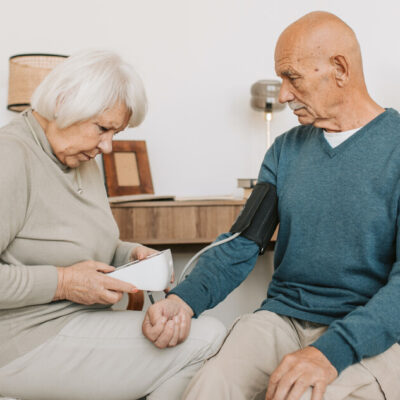





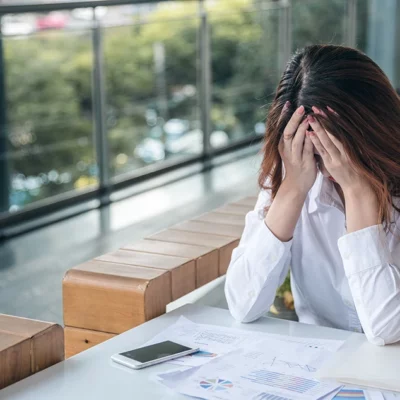


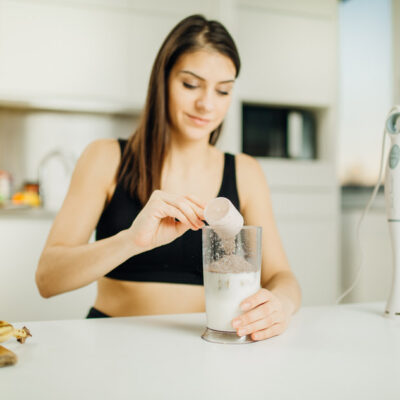












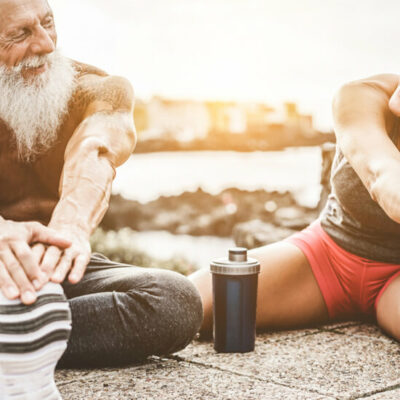
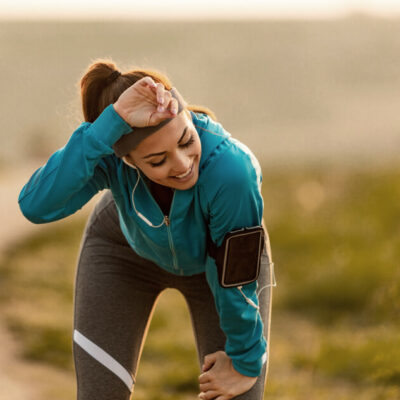

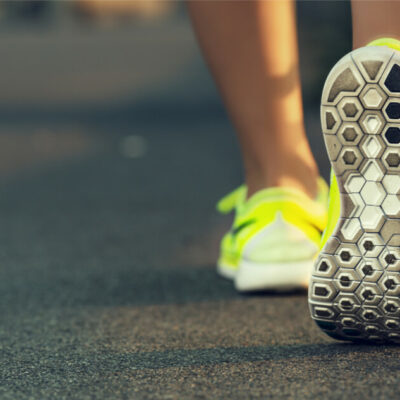
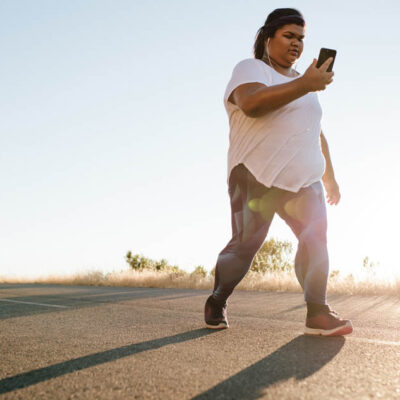


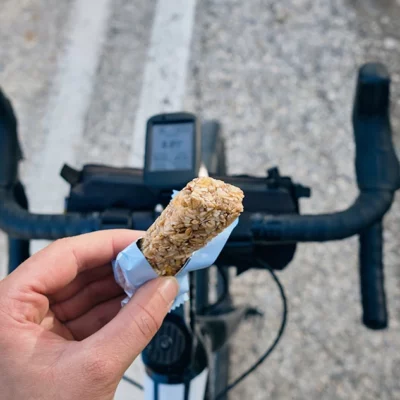

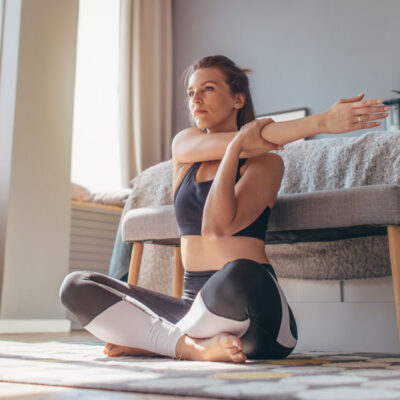


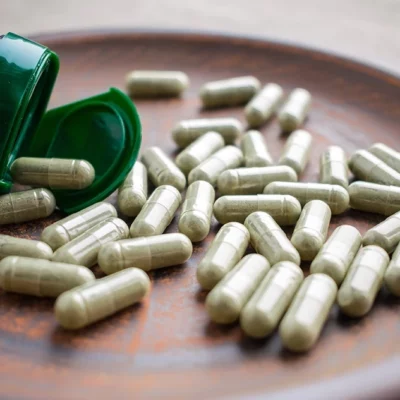





 Select your language:
Select your language: 